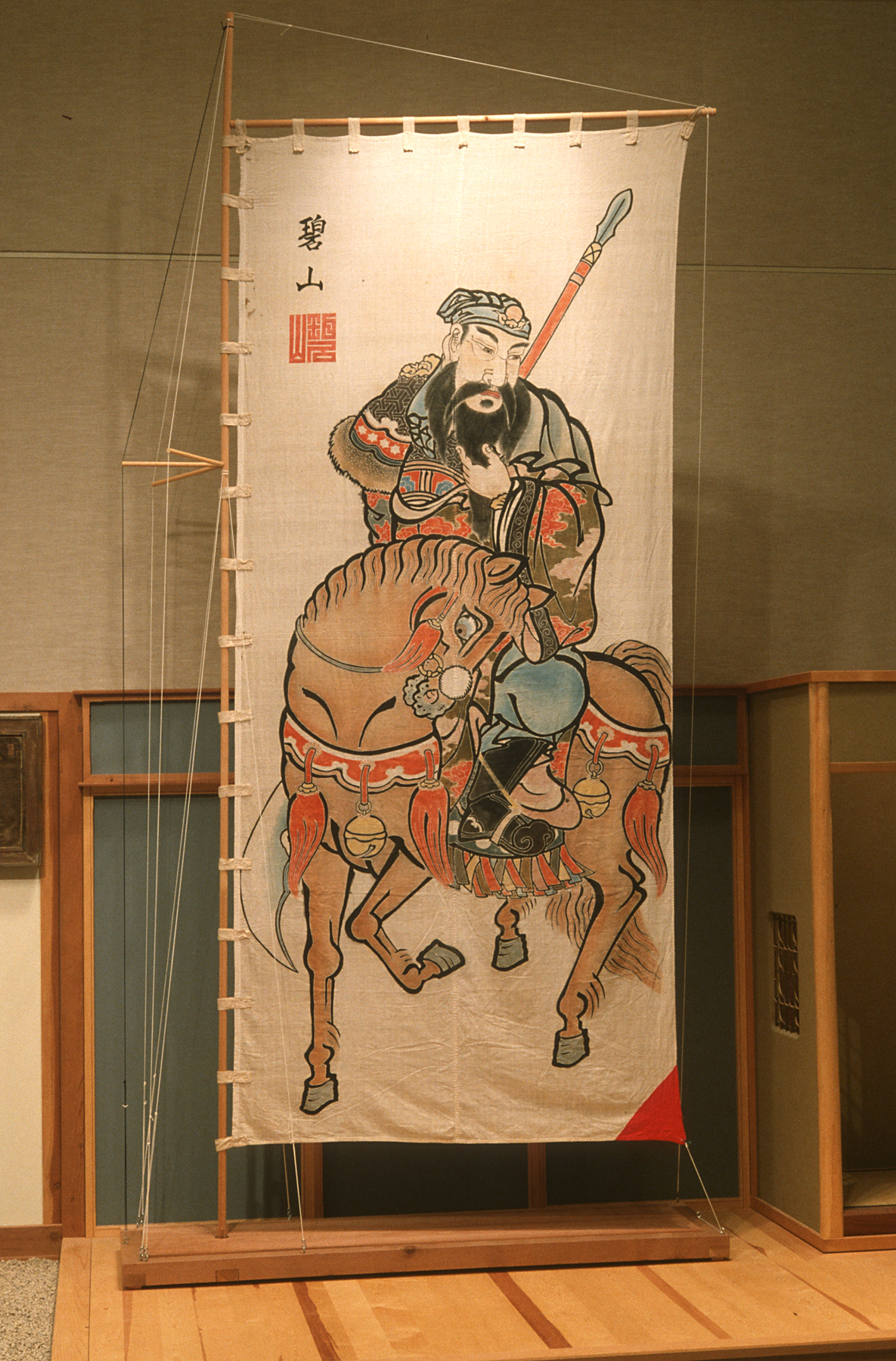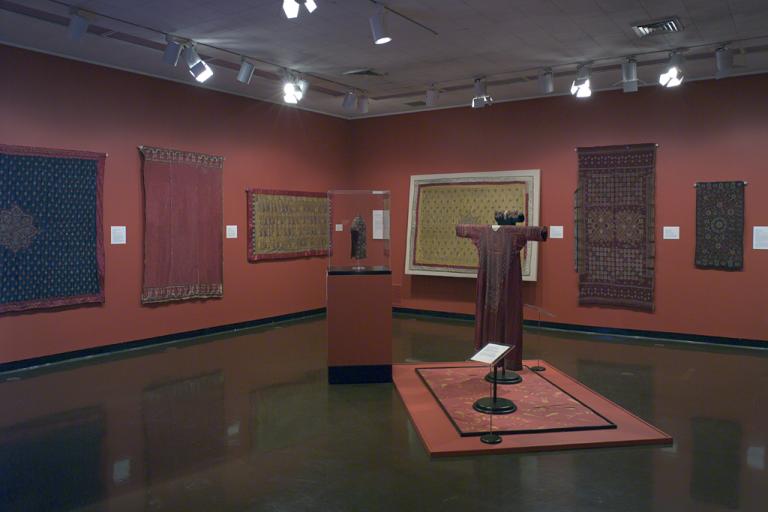Boy's Day Banner (nobori), Hekizan
Artwork Overview
Hekizan, artist
Boy's Day Banner (nobori),
early 1800s–mid 1800s, Edo period (1600–1868)
Where object was made: Japan
Material/technique: dye; tsutsugaki; cotton; possibly paint; possibly ink
Credit line: Museum purchase: Barbara Benton Wescoe Fund
Accession number: 1993.0012
Not on display
If you wish to reproduce this image, please submit an image request

